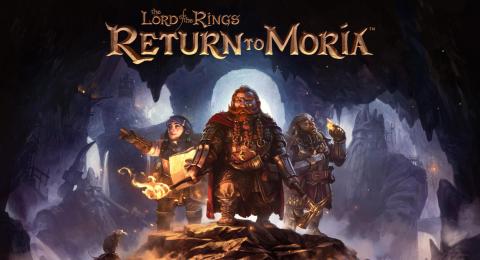
As much as Nvidia's entire RTX-Turing generation of graphics cards may support ray tracing with their new GPU cores and RT cores to help with the rendering process, achieving playable frame rates in most supporting games beyond 1080P hasn't been viable for most of them — even the super powerful 2080 Ti. However, the Titan RTX, Nvidia's recent addition to the range, can manage high frame rates in Battlefield V with all settings maxed out at 1440P, even when ray tracing is at its highest fidelity.
Although it might cost $2,500, the Titan RTX is a further order of magnitude more powerful than the already expensive 2080 Ti. It comes with a fully unlocked 4,608 shader cores — 250 more than the 2080 Ti — and it has an additional 6 billion transistors in its 50 percent larger die too. That gives it enough silicon to provide an extra 16 texture mapping units, a further eight render output units, and an additional four ray tracing cores. It also clocks higher when boosted, to a maximum stock speed of 1,770MHz, though overclockers will no doubt be able to push it further with appropriate cooling.
By the numbers, this makes it between 10 and 15 percent faster in gaming tests than the 2080 Ti, but this is just enough to make it the most capable ray tracing gaming card ever. As WCCFTech highlights, that makes it capable of playing Battlefield V at frame rates even in excess of the previous king of gaming power, the Titan V.
These frame rates are likely to be optimistic when we look at other games though. While the Titan RTX might hit 80+ at 1440P in Battlefield V, that game only uses ray traced reflections. Upcoming ray tracing games like Metro Exodus use a lot more than that and though likely better optimized, will require a lot more power to pump out those rays at anything over 1080P.








